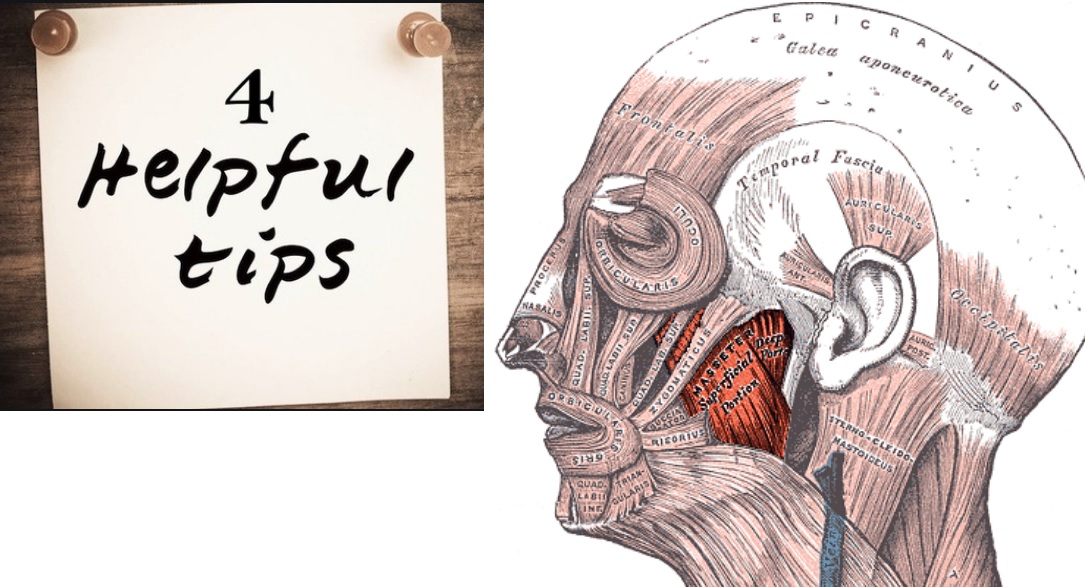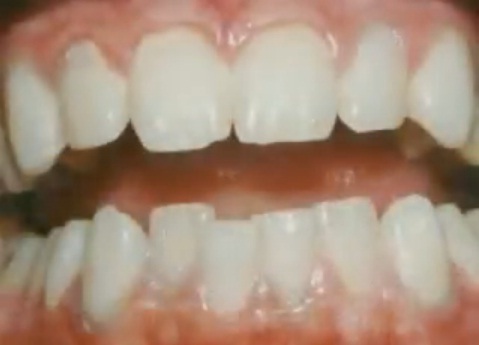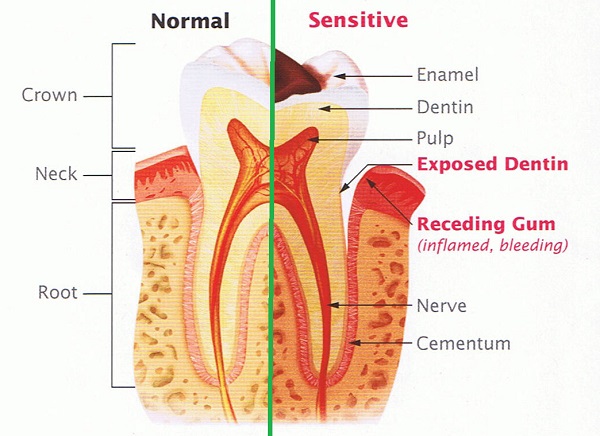Have you had complete or partial dentures put in recently? If so, you’re probably still getting used to them.
Dentures can rejuvenate a person’s smile and give them a huge boost in confidence, especially if they’re between the ages of 40 and 60. However, it can take days or weeks for people to get used to their new dentures. This is particularly true when it comes to eating food.
If you recently got a pair of dentures from Koster Denture Clinic or any other denturist clinic, you should use the tips and tricks mentioned below.
1 – Start with Soft Foods
Although you may be tempted to bite into something crunchy, like an apple or piece of candy, you need to take things slowly. If you try to chew too aggressively too soon, you can potentially damage the dentures and your gums (which is the last thing that you want).
To keep your dentures and gums in good condition, you should stick to liquid-based foods for a couple of days. Some examples include:
- Soup or stew (without red meat)
- Oatmeal
- Apple sauce
- Ice cream
By eating these foods, you’ll be able to keep your energy levels up without harming your mouth.
2 – Chew as Evenly as Possible
Most people have the habit of chewing with one side of their mouth. Regardless of if it’s the left or right side, this is a bad idea if you’ve recently had dentures put in.
When you chew with one side of your mouth, you are over-working that particular part of your dentures. This can cause them to shift or fall out of place.
Instead of chewing with one side of your mouth, you should make the effort to take smaller bites and chew with both sides of your mouth.
3 – Avoid Sticky Foods
Many people like to snack on sticky treats like taffy and caramel. Although these treats are delicious, they can do some serious damage to your new dentures.
Sticky foods tend to get trapped in the crevasses of your dentures. If the food particles aren’t removed promptly, you can end up getting a serious infection.
If you can’t stay away from your favorite sticky snacks, then you need to thoroughly clean your dentures afterwards. This will ensure that your gums and mouth stay healthy.
4 – Be Cautious Around Hot Beverages
People all around the world like to start the day with a piping-hot cup of coffee. Not only does this drink warm you up, but it can also give you a much-needed boost of energy in the morning.
However, if you’ve recently had new dentures put in, you need to be careful around hot beverages, like coffee and tea. Modern dentures have powerful insulating properties, which makes it difficult for people to sense the heat level of a beverage (until the damage has been done).
Before taking a big gulp, you should test the hot beverage beforehand by taking a small sip. This will ensure that you won’t burn your mouth or throat.





